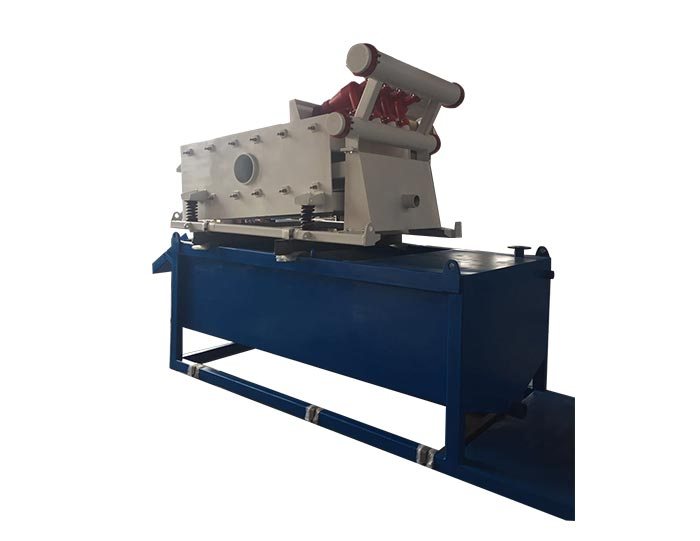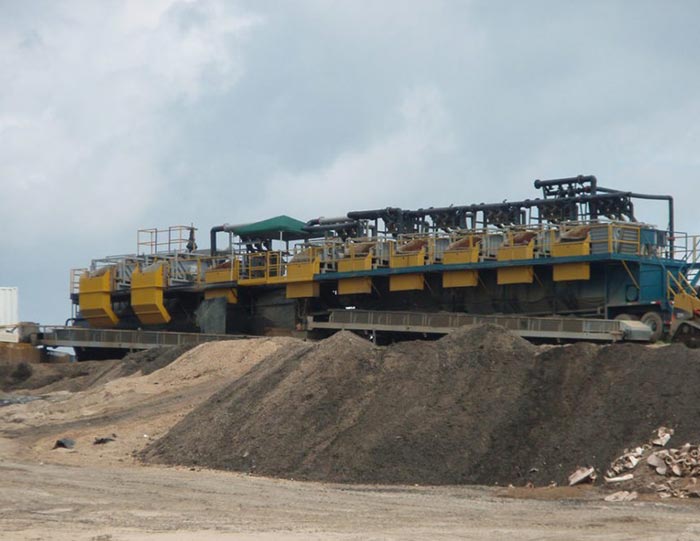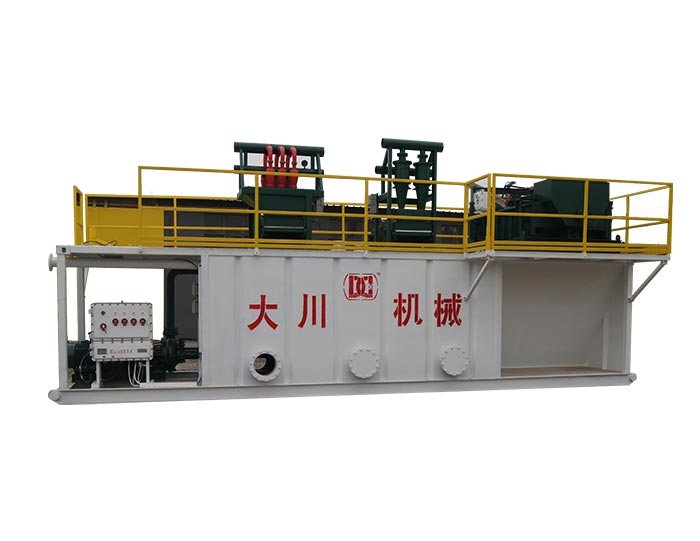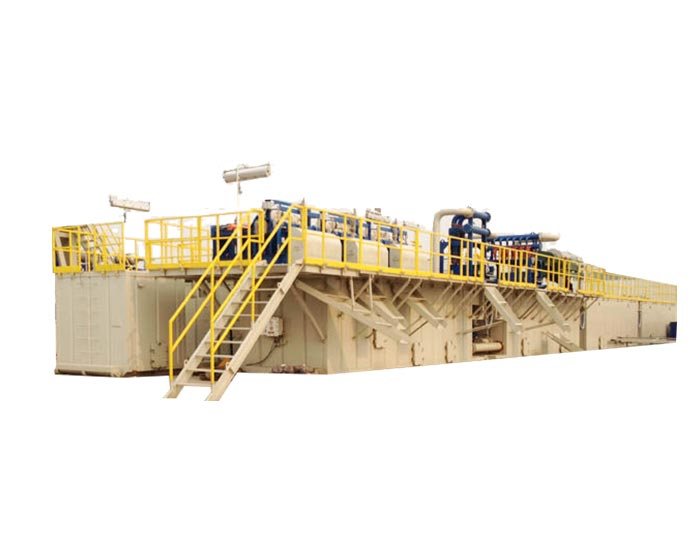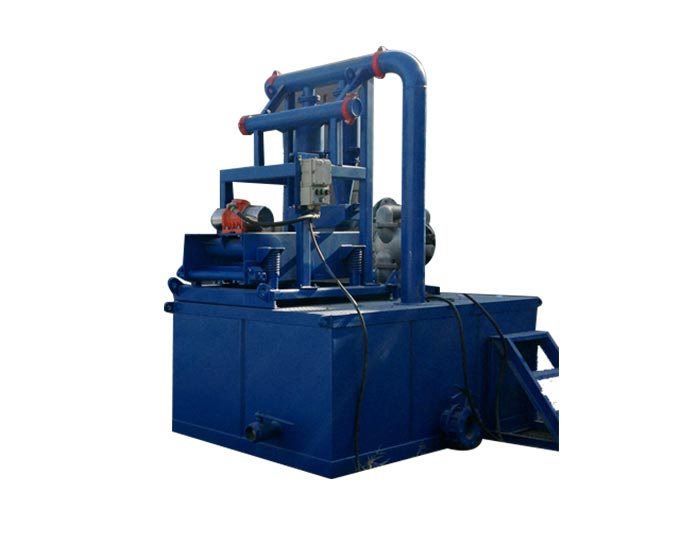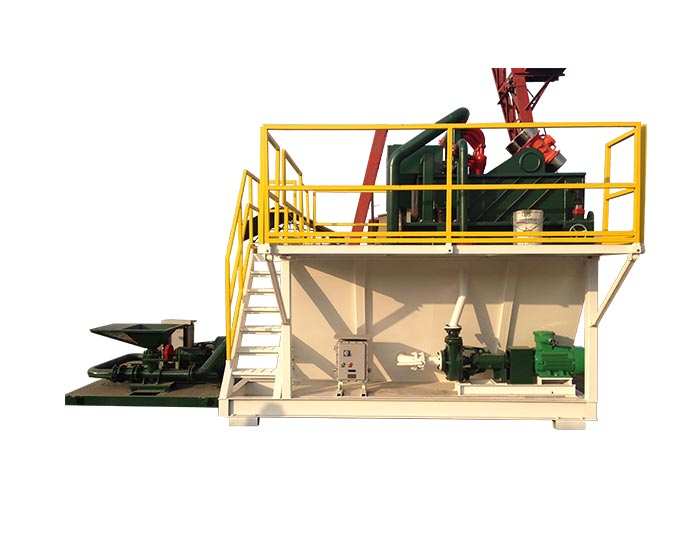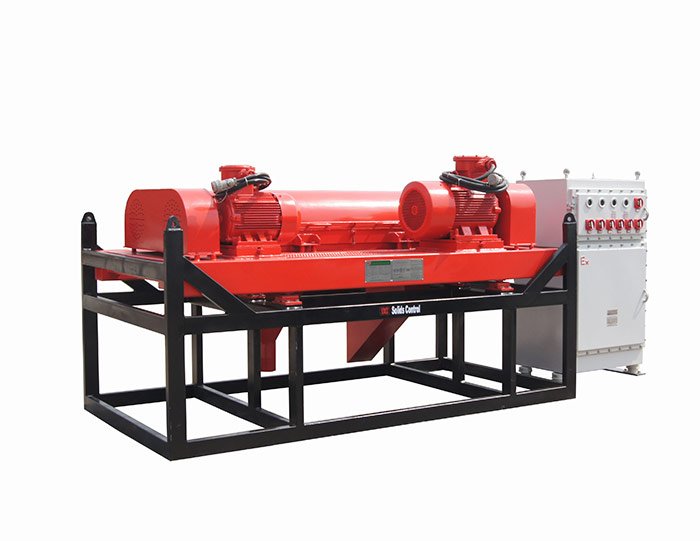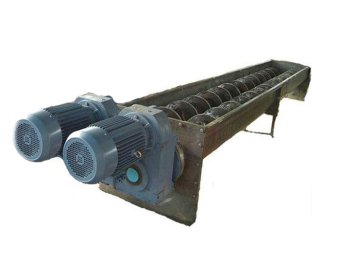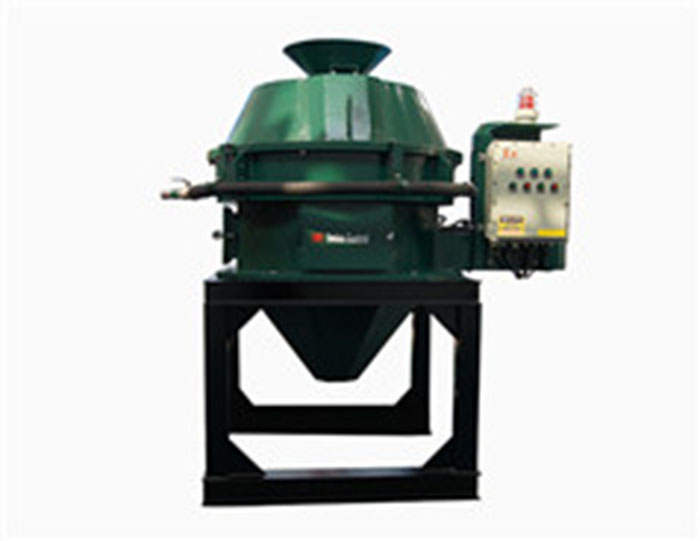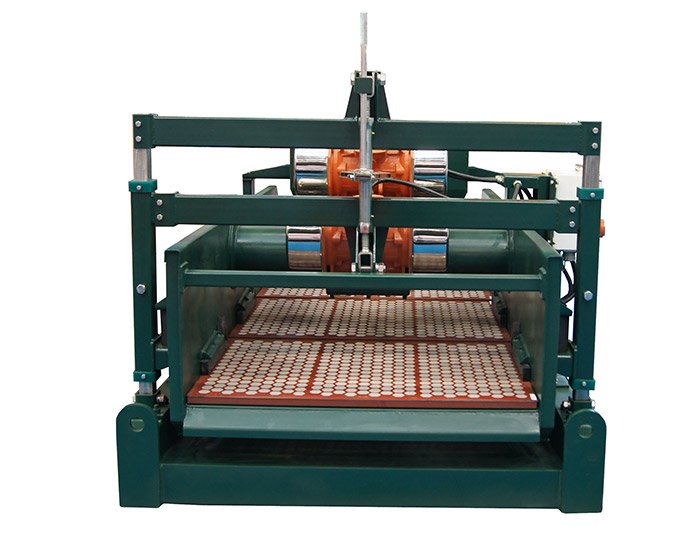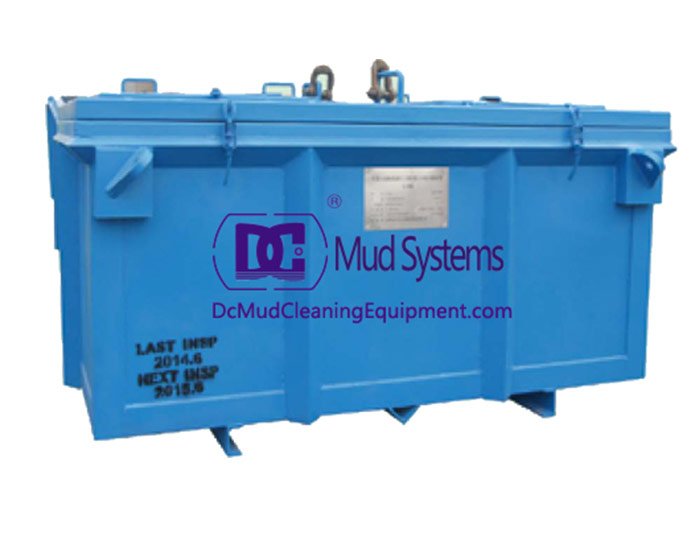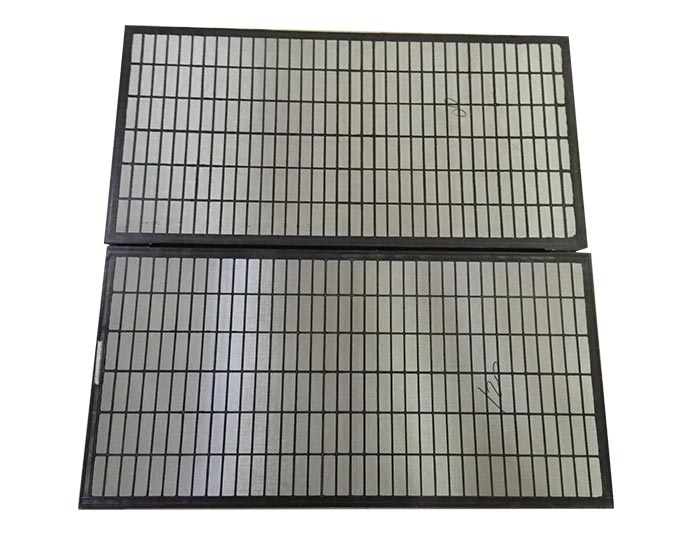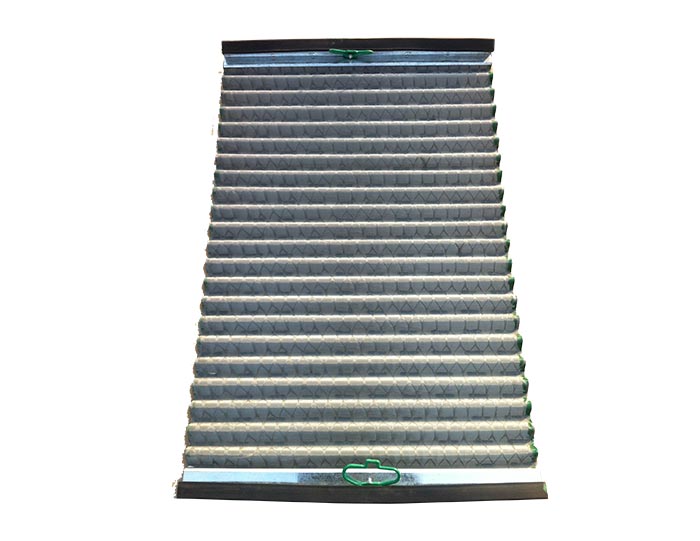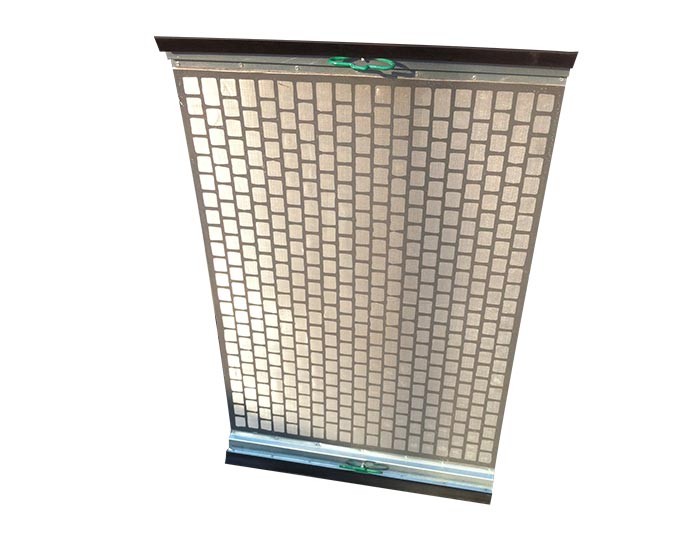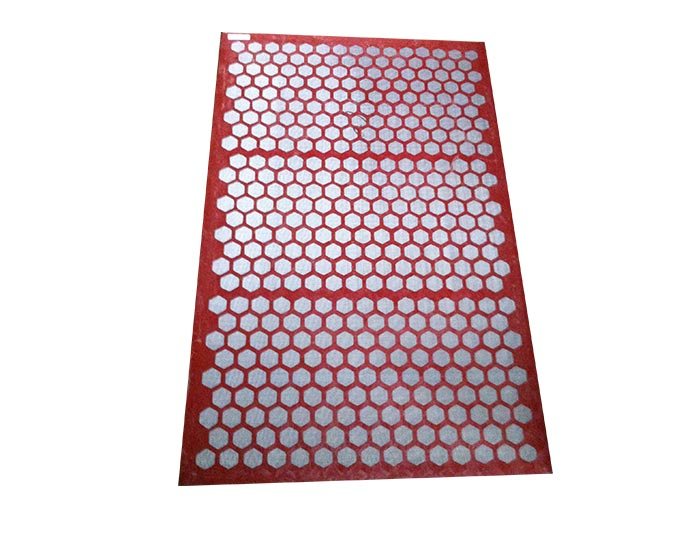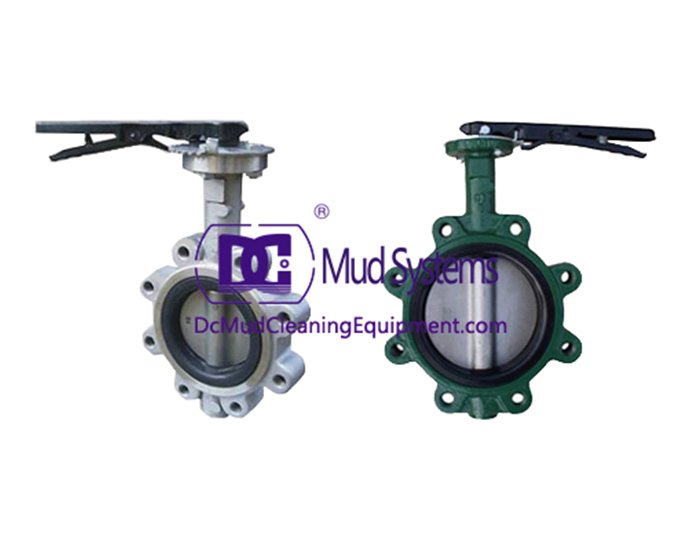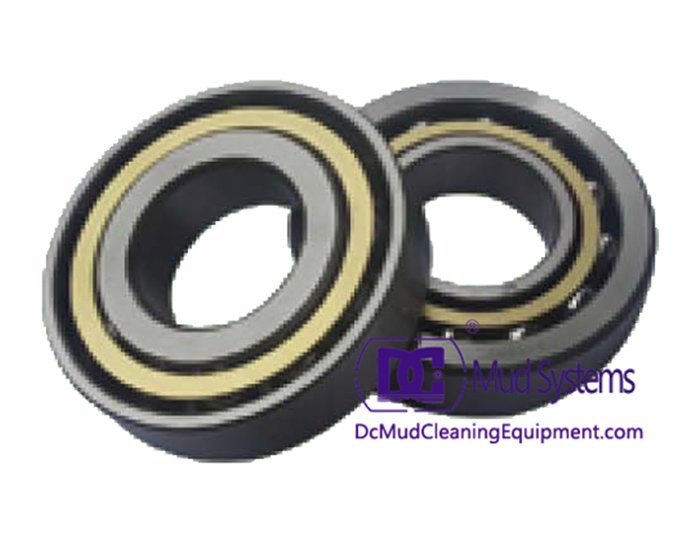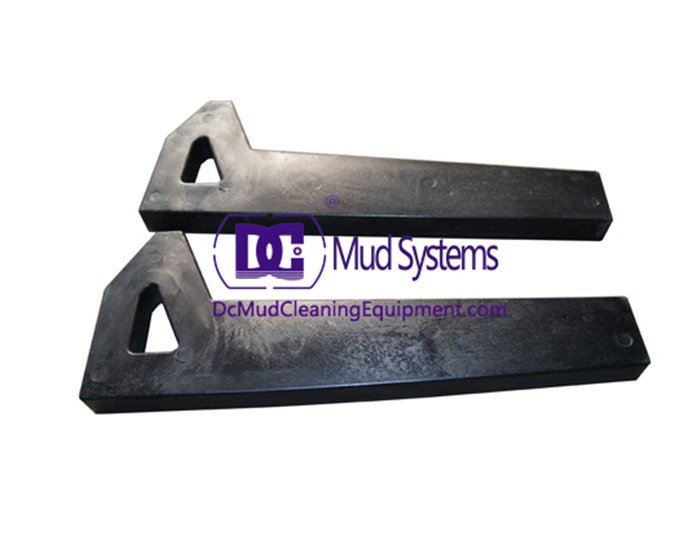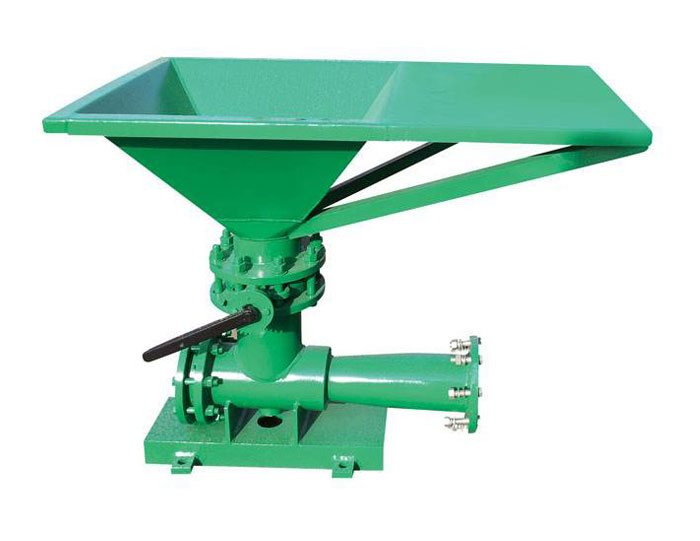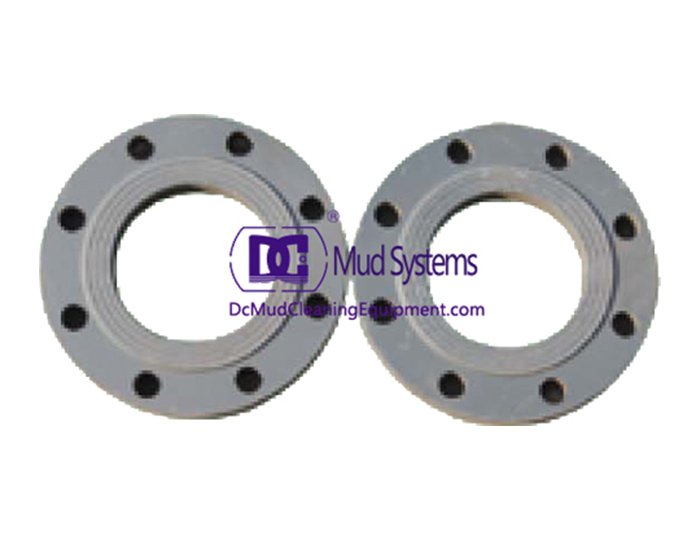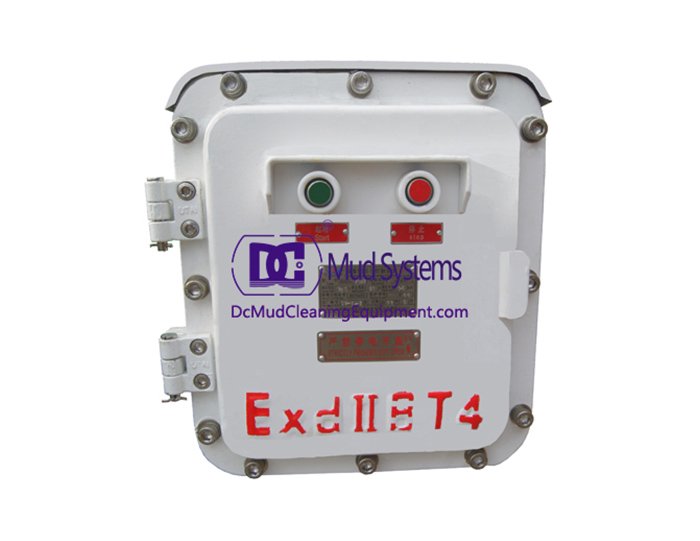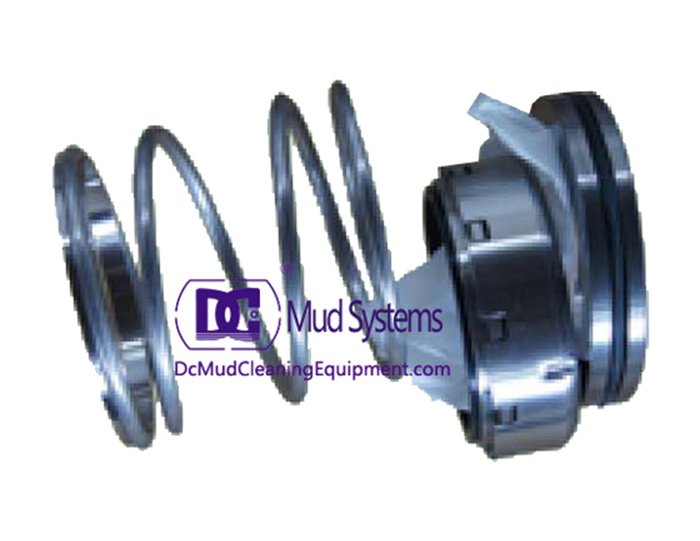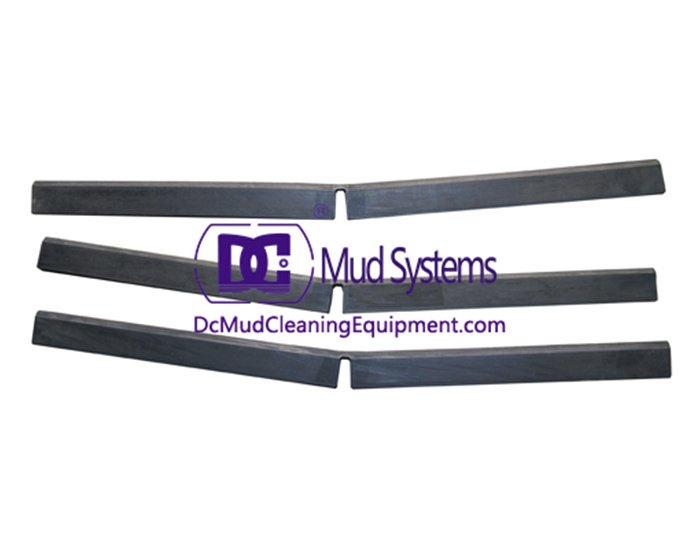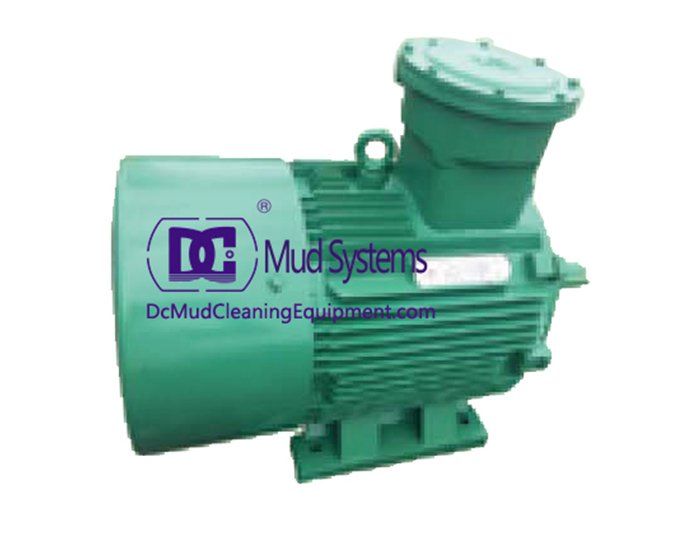Solid control equipment plays a critical role in many industries, especially in drilling operations, offshore drilling, and waste management. This equipment helps separate solids from liquids, ensuring efficient processes and compliance with environmental standards. In this article, we will explore different applications of solid control equipment, including its use in drilling operations, offshore drilling, landfill leachate control, and more. The topic focuses on providing clear insights into the latest developments and technologies surrounding solid control equipment.
Solid Control Equipment: The Backbone of Efficient Drilling Operations
Solid control equipment is essential for industries involved in drilling operations, particularly in oil, gas, and mining sectors. Its primary function is to separate solid particles from drilling fluids (often referred to as mud), ensuring that the fluids can be reused and that solids are properly managed. This equipment significantly improves the efficiency of drilling operations and prevents blockages, contamination, and damage to the drilling rigs.
The importance of solid control equipment cannot be overstated in drilling operations. By removing solids from the drilling fluids, the equipment helps maintain the right consistency of the mud, which is crucial for cooling the drill bit, removing debris from the hole, and maintaining pressure. This process improves the overall efficiency of the drilling operation and minimizes the risk of accidents or malfunctions. The effectiveness of solid control equipment ensures that drilling operations can continue smoothly without interruptions or delays.
Solid control equipment typically includes shale shakers, desanders, desilters, centrifuges, and mud cleaners, each designed to address specific types of solids and fluid separation. These tools are used in conjunction with one another to ensure that drilling fluids remain clean and efficient, ultimately leading to cost savings and operational efficiency.
Solid Control Equipment Used in Drilling Operation: A Vital Investment
When it comes to drilling operations, whether onshore or offshore, solid control equipment used in drilling operation is crucial for maintaining the integrity of the drilling process. The separation of solids from the drilling mud ensures that the fluids can be reused, reducing waste and operational costs. This makes solid control equipment not only essential for maintaining the effectiveness of the drilling fluids but also for environmental sustainability.
In drilling operations, various types of solid control equipment used in drilling operation work together to achieve optimal performance. Shale shakers are typically the first line of defense, removing large solids from the drilling mud. Desanders and desilters are then used to remove finer particles, while centrifuges provide further separation of smaller solids. Each of these pieces of equipment plays a vital role in ensuring that the drilling fluids remain clean, minimizing the risk of contamination and damage to the equipment.
For drilling operations to run smoothly, solid control equipment used in drilling operation must be reliable and durable. Many of these systems are designed for high-capacity performance, especially in large-scale drilling projects, where large volumes of fluids need to be processed. Investing in high-quality solid control equipment used in drilling operation helps ensure the efficiency of drilling activities and reduces the overall cost of operations.
Solid Control Equipment in Rig: Key to Operational Success
In any drilling rig, solid control equipment in rig is essential for maintaining the flow of operations and ensuring the efficiency of drilling processes. On drilling rigs, where space and resources are limited, effective solid control equipment in rig plays a vital role in separating solid materials from drilling fluids. The rig typically contains several pieces of equipment that work in tandem to ensure the proper separation of solids and to keep drilling fluids in peak condition.
The integration of solid control equipment in rig ensures that the drilling operation runs smoothly, preventing blockages, enhancing safety, and extending the life of the rig. A typical solid control system in rig includes shale shakers, mud cleaners, centrifuges, and more, all working together to maintain the quality of the drilling fluid. Without proper separation and control of solids, drilling operations can suffer delays and inefficiencies, which can lead to significant financial losses.
Additionally, solid control equipment in rig is vital for maintaining environmental standards. By effectively managing the solids and waste produced during drilling, the rig minimizes the environmental impact, ensuring compliance with regulations. The use of solid control equipment in rig not only improves operational performance but also contributes to the environmental sustainability of drilling activities.
Solid Control Offshore Drilling Company: Leading the Way in Efficiency and Sustainability
In offshore drilling, where the challenges are often more complex, solid control offshore drilling company plays a pivotal role in maintaining the quality and sustainability of operations. Offshore drilling involves unique environmental considerations, and solid control offshore drilling company must ensure that solid control equipment is up to the task. Efficient separation and management of solids are critical to keeping drilling operations smooth and preventing pollution of the surrounding marine environment.
A solid control offshore drilling company is responsible for providing advanced solutions that meet the rigorous demands of offshore drilling. This includes specialized equipment that can handle the harsh offshore conditions while ensuring maximum efficiency. Offshore drilling operations often involve deeper wells, more complex geological formations, and extreme weather conditions, which place higher demands on solid control equipment.
In this context, solid control offshore drilling company utilizes advanced technology to optimize solid control processes. This includes the use of high-capacity shale shakers, desanders, desilters, and centrifuges, which work together to separate solids from drilling fluids. The result is a cleaner, more efficient drilling process that reduces the risk of contamination, improves the reuse of drilling fluids, and ensures the environmental sustainability of offshore operations.
Control of Leachate in Landfills: The Role of Solid Control Equipment
Beyond drilling operations, control of leachate in landfills is another crucial application of solid control equipment. Landfills generate leachate, a toxic liquid formed when water infiltrates the waste, carrying harmful contaminants. Solid control equipment is used to treat and manage leachate, ensuring that it doesn’t contaminate surrounding water sources.
Leachate control systems often use solid control equipment such as filtration units, centrifuges, and separators to remove solids and treat the leachate. This process helps ensure that the waste treatment process is efficient and that harmful substances are removed from the leachate before it is released into the environment. Managing leachate is a key concern for landfill operators, and having effective solid control equipment is essential for minimizing the environmental impact of landfills.
The use of solid control equipment for the control of leachate in landfills has become increasingly important as environmental regulations tighten. Proper treatment of leachate ensures compliance with local and international environmental standards, reducing the risk of contamination and the associated costs of environmental remediation.
Solid Control Equipment PDF: Access Detailed Information
For those interested in exploring solid control equipment, a solid control equipment pdf can be an invaluable resource. A solid control equipment pdf typically includes detailed specifications, features, and operational instructions for various pieces of equipment used in solid control systems. It’s a great way to understand the different components of a solid control system and how they work together to improve efficiency in drilling operations, offshore drilling, landfill management, and more.
A solid control equipment pdf can be easily accessed online and provides a comprehensive overview of the different types of equipment available, from shale shakers to centrifuges. It also offers guidance on choosing the right equipment for specific applications and provides information on maintenance and troubleshooting. A solid control equipment pdf is especially useful for engineers, operators, and decision-makers who need to stay informed about the latest technologies and trends in the field of solid control.
By consulting a solid control equipment pdf, industry professionals can make more informed decisions about the equipment they use, leading to better performance, increased efficiency, and reduced operational costs.
Solid Control Equipment FAQs
What is the main purpose of solid control equipment in drilling operations?
Solid control equipment is used to separate solids from drilling fluids, ensuring the fluids remain clean and can be reused, which enhances drilling efficiency and reduces waste.
How does solid control equipment improve offshore drilling operations?
In offshore drilling, solid control equipment helps separate solids from drilling fluids, reducing the risk of contamination and ensuring efficient drilling processes, even in challenging environments.
What types of solid control equipment are used in landfills?
In landfills, solid control equipment such as filtration units and centrifuges are used to treat and manage leachate, preventing harmful contamination of water sources.
How can I obtain a solid control equipment pdf for more information?
Solid control equipment pdfs can typically be found on the websites of manufacturers and suppliers of solid control systems. They provide detailed product information and technical specifications.
Why is the control of leachate in landfills important?
Managing leachate in landfills is crucial to prevent harmful contaminants from entering surrounding ecosystems and water sources, ensuring compliance with environmental regulations.
In conclusion, solid control equipment is integral to a wide range of industries, from drilling operations to landfill management. Understanding the different types of solid control equipment and their applications helps industries operate more efficiently while minimizing their environmental impact.
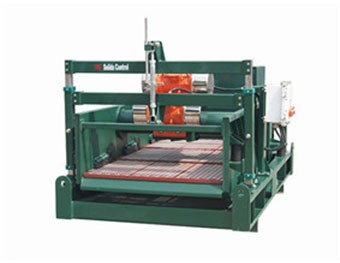 Linear Motion Shale Shaker In Drilling Rig
Linear Motion Shale Shaker In Drilling Rig 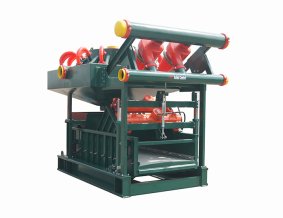 Oilfield Mud Cleaner
Oilfield Mud Cleaner 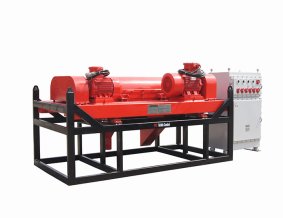 Drilling Fluid Decanter Centrifuge
Drilling Fluid Decanter Centrifuge Drilling Mud Desander
Hydrocyclone Desilter
Centrifugal Pump/Centrifugal Mud Pump
Shear Pump
Jet Mud Mixer
Horizontal Mud Agitator
Constant Pressure Drilling Fluid Mud Gas Separator
Mud Gun
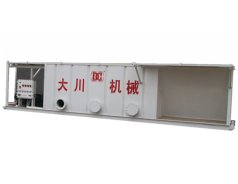 Mud Tank
Mud Tank Solids Control System Vacuum Degasser
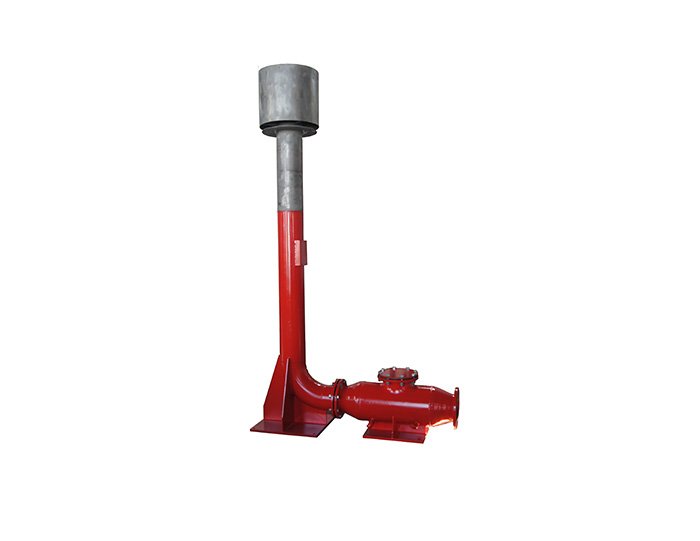 Flare Ignition Device
Flare Ignition Device 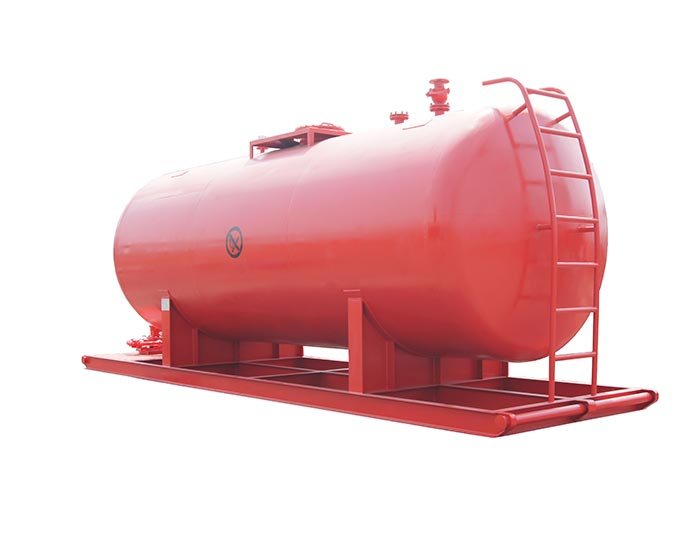 Diesel Tank
Diesel Tank 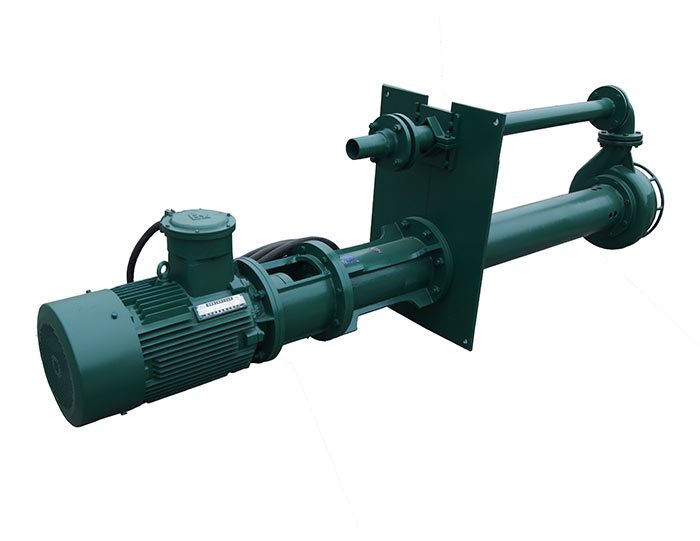 Submersible Slurry Pump
Submersible Slurry Pump 



